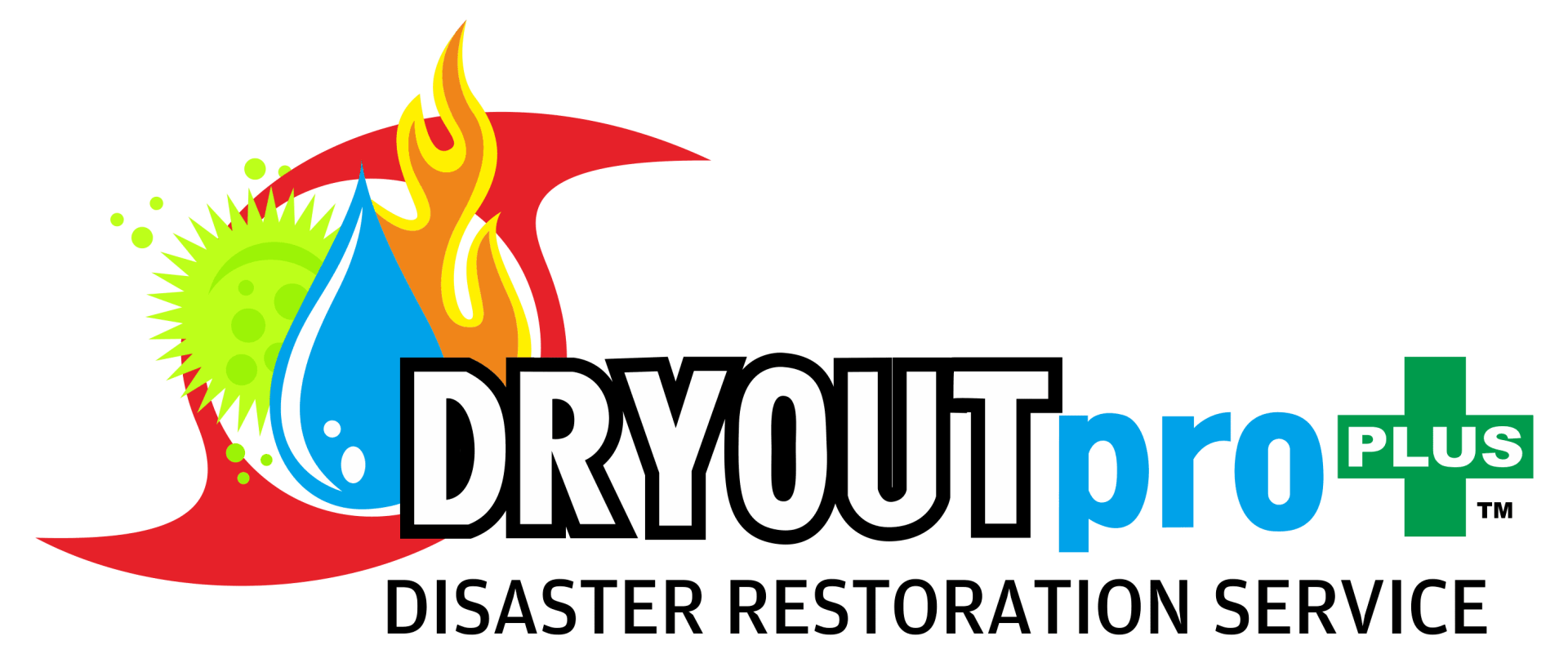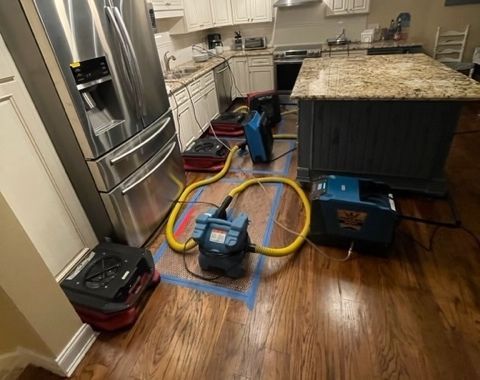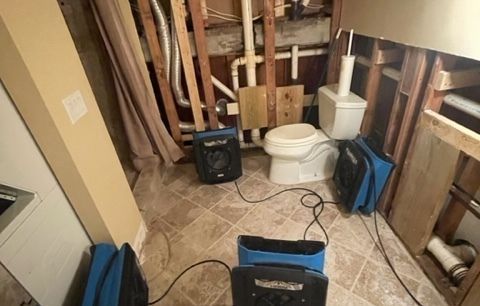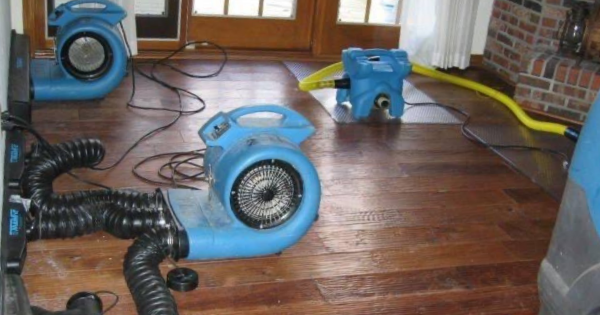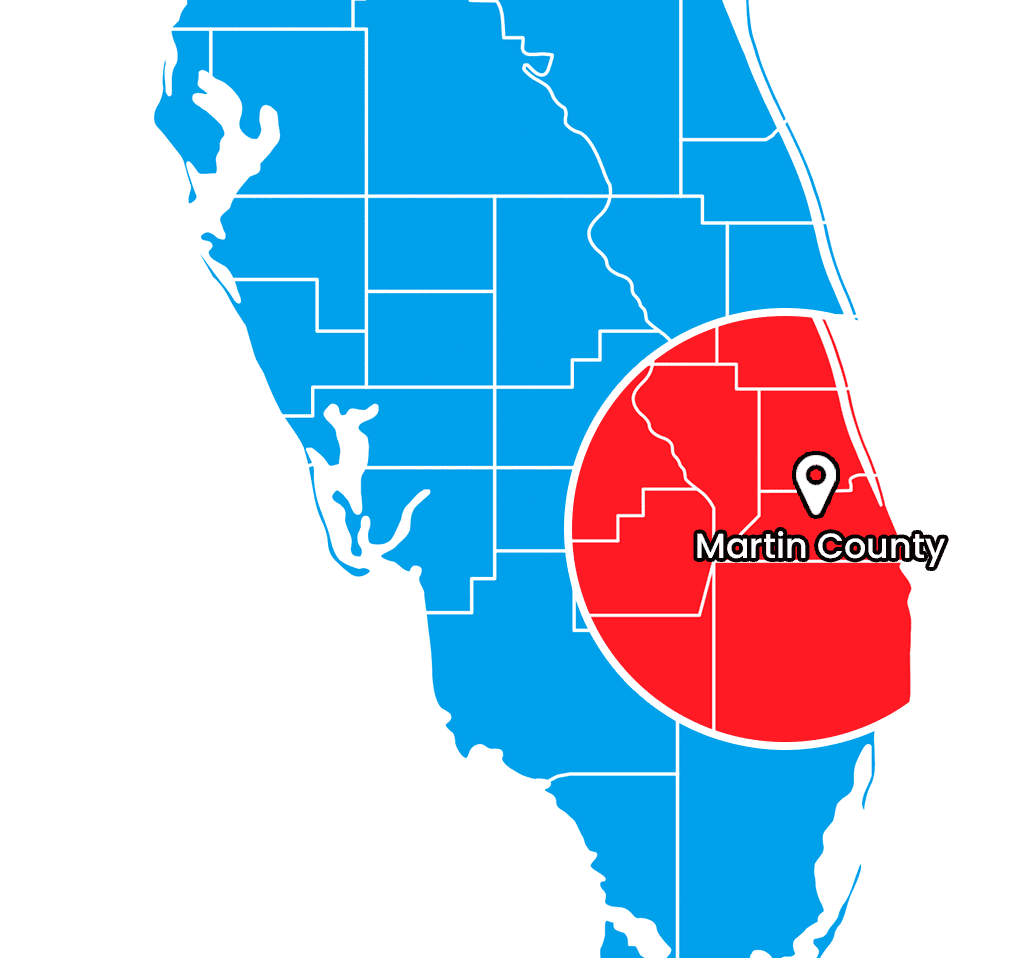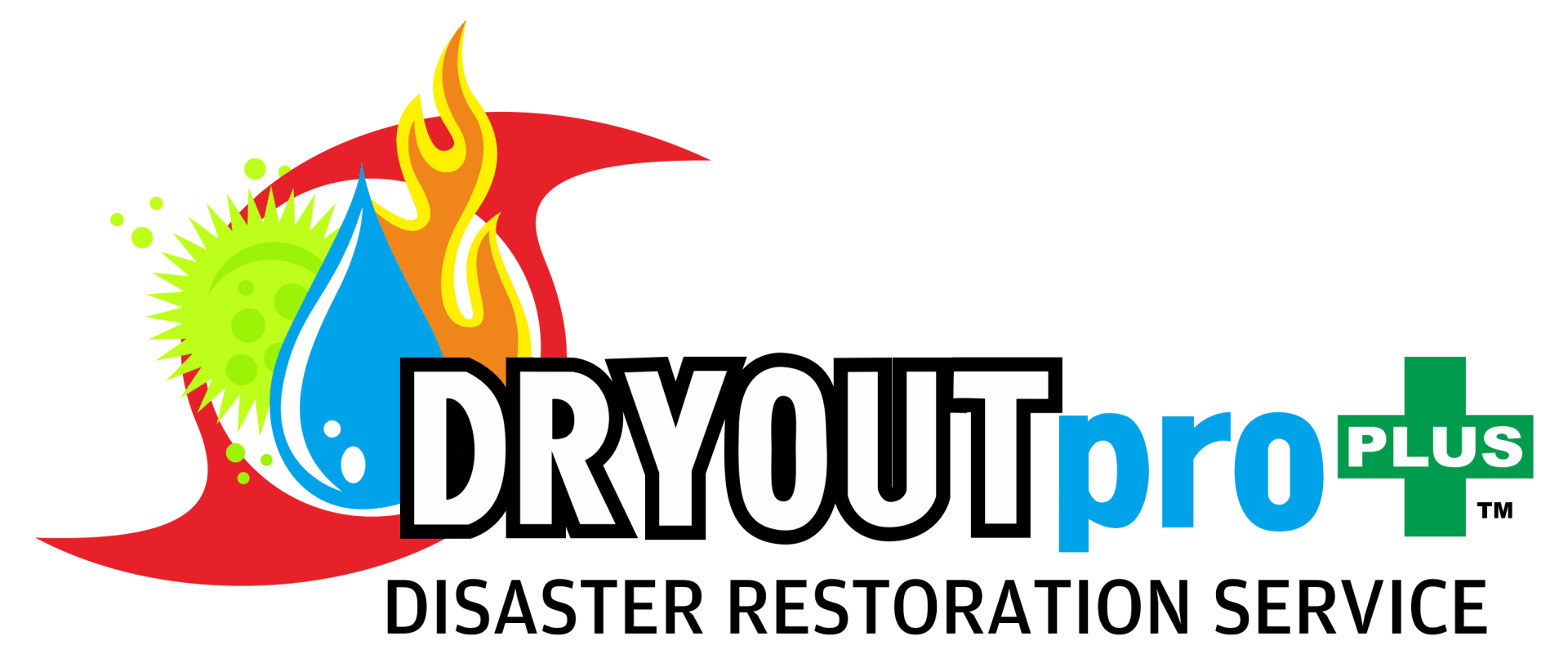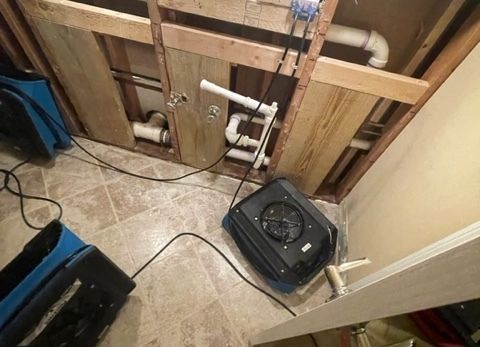
Water Damage Safety: What You Can Do While Waiting for Your Restoration Expert
October 31, 2025
When water unexpectedly invades your home, it can turn your world upside down in an instant. We get it, it’s stressful, it’s messy, and most importantly, it can be dangerous. But here’s the thing: what you do in those first few hours before the professionals arrive can make a huge difference in keeping your family safe and minimizing the damage.
At DRYOUTpro PLUS, we’re always ready to respond fast, but while you’re waiting for our crew to arrive, here’s what you can do to stay safe and protect your property.
KEY TAKEAWAYS
- Identify hazards first: check for electricity, structural issues, and contaminated water
- Turn off the water source only if it’s safe to do so
- Don’t use electronics or open flames in wet areas
- Move valuables and furniture if possible
- Take photos and document everything for insurance
- Open windows and run fans to improve airflow (if it’s safe!)
- Avoid disturbing mold or removing building materials yourself
- Keep kids and pets out of flooded areas
- Prepare your space for professional arrival
- Act quickly to minimize damage and mold growth
Take a Breath and Assess the Situation
The first thing we always tell homeowners is simple: don’t panic.
Yes, water in your home is a big deal. But staying calm helps you think clearly and take the proper next steps. Start by looking around and ask yourself:
- Where is the water coming from?
- How much water is there?
- Is it still flowing in?
- Most importantly—is it safe to be here?
If you see gushing water, live electrical outlets nearby, or sagging ceilings, don’t risk it. Step back, get to a dry, safe area, and give us a call. We’ll walk you through it and dispatch help right away.
Keep An Eye Out for Safety Hazards
Water can cause a lot more than soggy carpets. It can bring hidden dangers that might not be obvious right away. Here are the top safety concerns to keep in mind:
Electrical Risks
Water and electricity are a dangerous mix. If water is near outlets, electronics, or your breaker box:
- Don’t touch anything electrical.
- Don’t try to turn off power if you have to stand in water to do it.
- If you can safely access the main power and shut it off, do it. Otherwise, wait for help.
Slippery Surfaces & Structural Issues
Wet floors are slippery, and water can weaken the structure of your home. Be extra cautious if:
- You notice floors feel soft, squishy, or unstable
- You see ceiling bulges or water-stained drywall
- You hear creaking or cracking
If anything looks unsafe, stay out of that area until professionals can assess it.
Contaminated Water
Not all water is “clean.” Floodwater and sewer backups can carry harmful bacteria, chemicals, or even mold spores.
- Don’t let pets or kids near it
- Avoid touching it with bare hands
- Wear rubber gloves and boots if you must be in the area
- Wash up thoroughly afterward
If the water smells bad or you’re unsure where it came from, assume it’s contaminated and let us handle the cleanup.
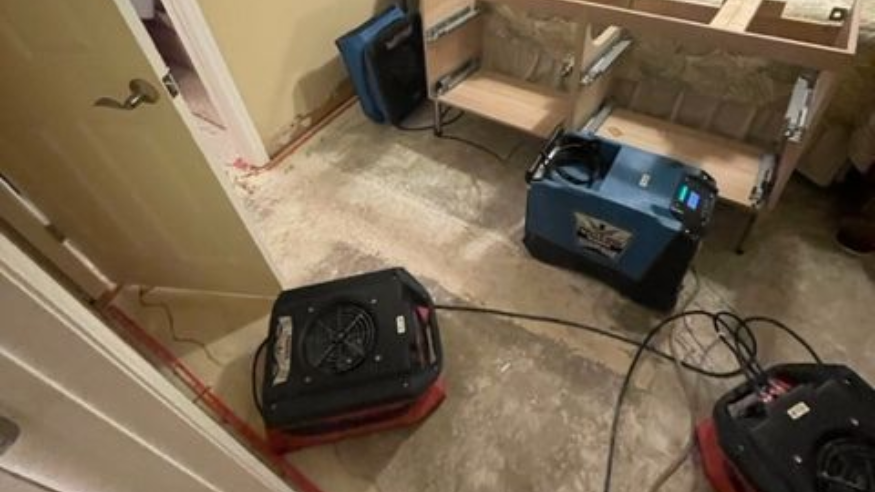
Stop the Source (If You Can Do So Safely)
Once you’ve checked for immediate hazards, try to stop the water from spreading, but only if it’s safe to do so.
- Shut off the main water valve if a pipe burst or appliance failed
- If water is coming from the roof, try placing a bucket or container under the leak
- Use towels or old sheets to block off doorways and keep water contained
If the source isn’t obvious or it’s too dangerous to get to, don’t stress. We’ll take care of it when we arrive.
Protect What You Can
While you're waiting on us, there are a few things you can do to protect your belongings without putting yourself at risk:
- Move small valuables (electronics, documents, photo albums) to a dry area
- Lift furniture up if possible, or place foil under furniture legs to prevent staining
- Pick up rugs or mats to prevent color bleeding or further saturation
- Take photos and video of the damage. This is helpful for insurance claims
If you have standing water and it’s safe to be in the room, grab a mop or towels to soak up what you can, but don’t use a regular vacuum. You could get shocked or ruin your appliance.
Let in Some Fresh Air
If the weather allows, open windows and doors to start drying things out. If you’ve got fans, turn them on to help circulate air.
Just remember:
airflow is helpful, but it’s not a fix. True drying takes
professional equipment and monitoring, which we’ll bring with us. This is just about slowing the spread of damage and reducing humidity while you wait.
Don't Touch That Mold, but Keep an Eye on It!
Mold can begin growing in as little as 24–48 hours after water damage. If you notice any musty smells or fuzzy spots on walls, baseboards, or furniture, make note of it, but don’t try to scrub it off.
Disturbing mold can release spores into the air, which can trigger allergies or respiratory problems and cause it to spread. We’ll assess and handle any
mold concerns with proper protective equipment and remediation techniques.
Keep a Record of What’s Happening
Once things start to settle down, it’s a good idea to start documenting what you’re seeing and doing. This will be super helpful when it comes time to file an insurance claim.
Here’s what to jot down:
- When the water damage occurred
- What caused it (if you know)
- What rooms and belongings were affected
- Photos or videos of the damage
- Any steps you took (like shutting off water, moving furniture, etc.)
We can also assist with the insurance process once we’re on site, but starting a record now can save you time later.
Prepare for the Experts to Arrive
When our DRYOUTpro PLUS crew arrives, we’ll hit the ground running. You can help speed things up by:
- Unlocking doors and gates so we have easy access
- Moving vehicles from the driveway if we’ll need equipment access
- Pointing out any areas of concern or hidden damage you’ve noticed
We’ll take care of the rest!
What Not to Do
Sometimes, trying to help can accidentally make things worse. So here are a few things to avoid while waiting for our team:
- Don’t use your household vacuum to suck up water
- Don’t use electrical appliances in wet areas
- Don’t attempt to remove drywall or flooring on your own
- Don’t assume it’ll dry out “on its own”. Hidden moisture can cause long-term damage and mold
- Don’t light candles or use open flames near affected areas
Commercial or Large-Scale Water Damage?
If you’re dealing with a large loss or commercial property water damage, these same safety steps apply, just on a larger scale. While we handle many residential jobs, DRYOUTpro PLUS also has the equipment, training, and team size to handle big restoration projects for offices, warehouses, apartment complexes, and more. We’ll mobilize quickly to limit downtime and get your property back to normal.
We're On the Way, And We've Got You Covered
Water damage is overwhelming, but you’re not in this alone. At DRYOUTpro PLUS, we’re more than just restoration pros, we’re problem solvers, safety advocates, and your go-to team when things go wrong.
If you’re facing water damage right now, give us a call. We’re available 24/7, and we’ll be there fast to handle everything from start to finish. And while you're waiting, follow these simple steps to stay safe and get a head start on recovery.
Need immediate help? Contact DRYOUTpro PLUS now. We’ll take it from here.
